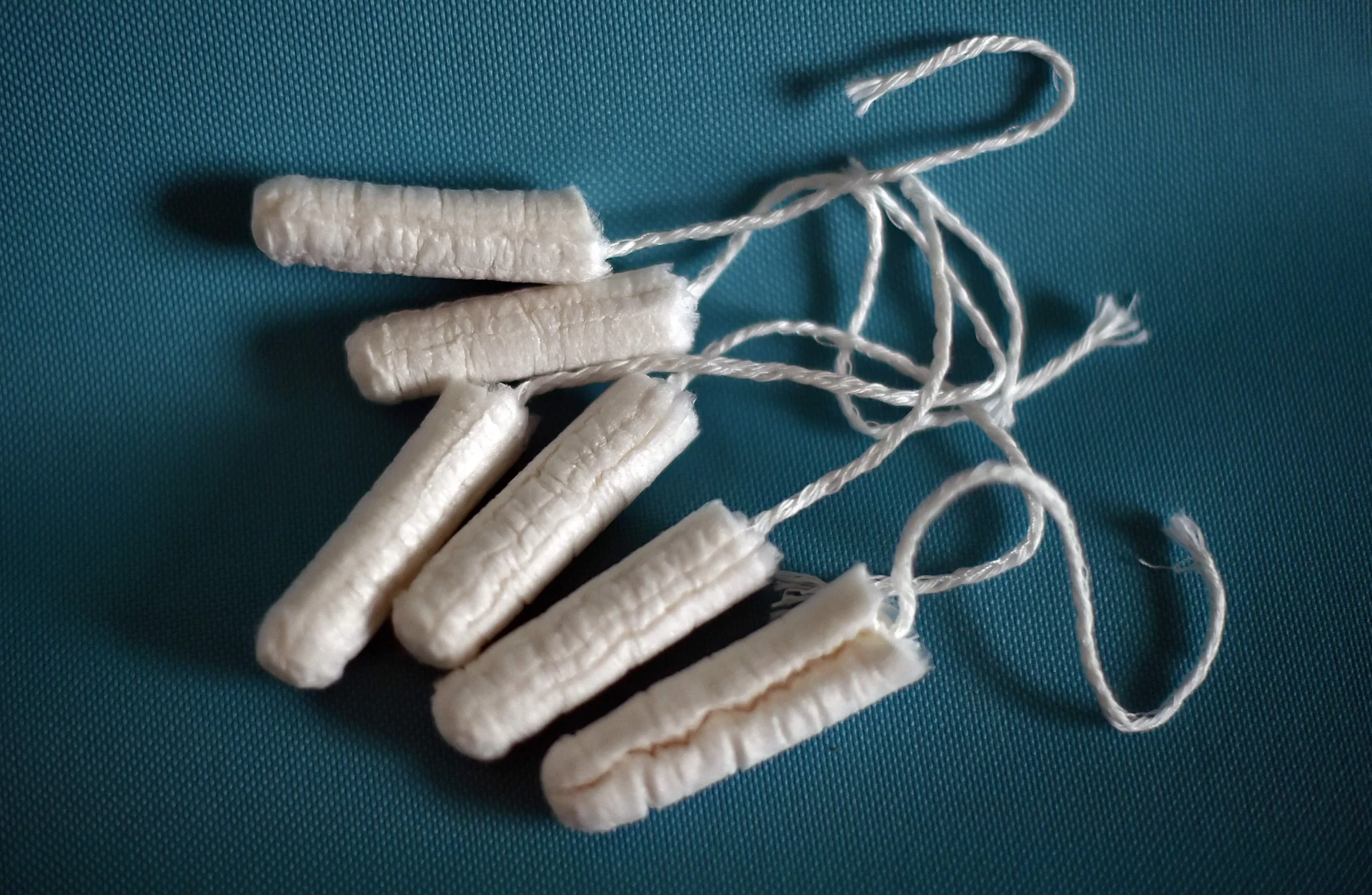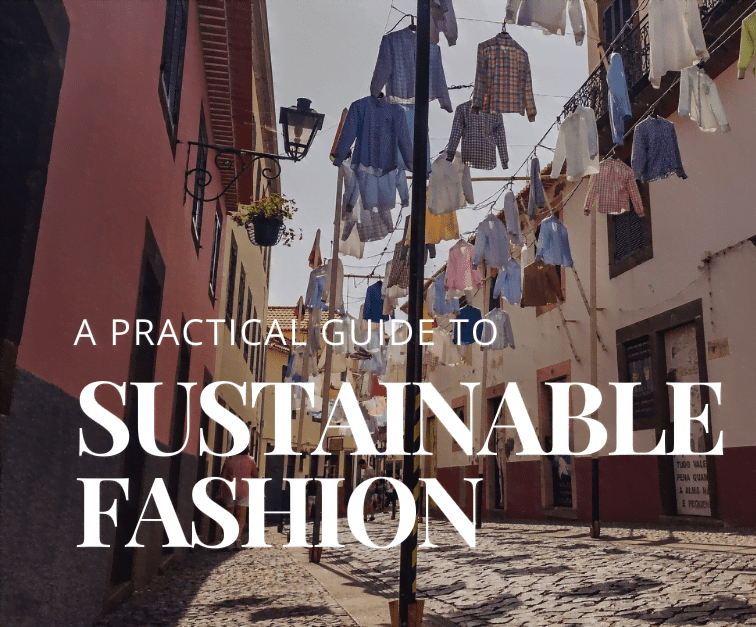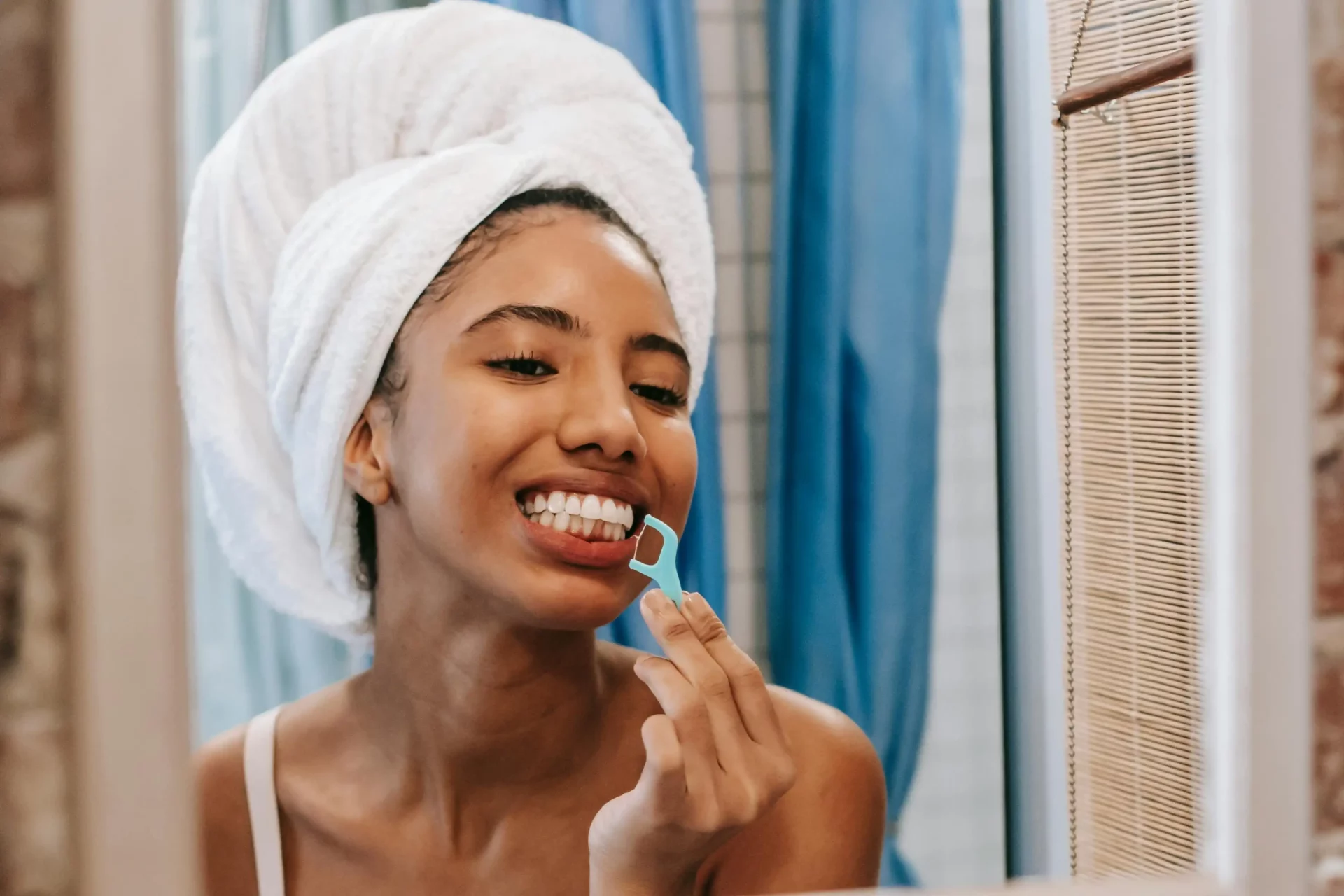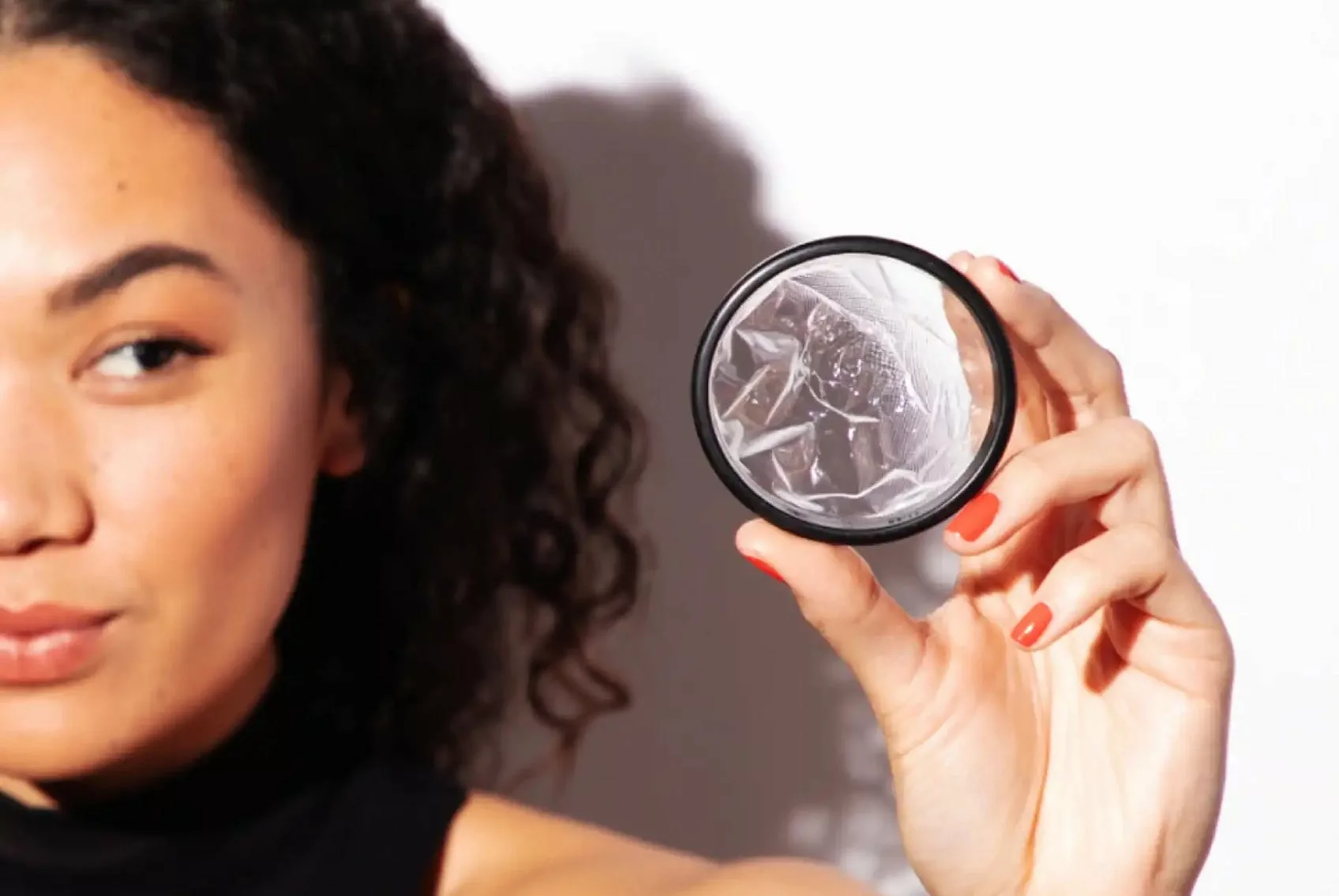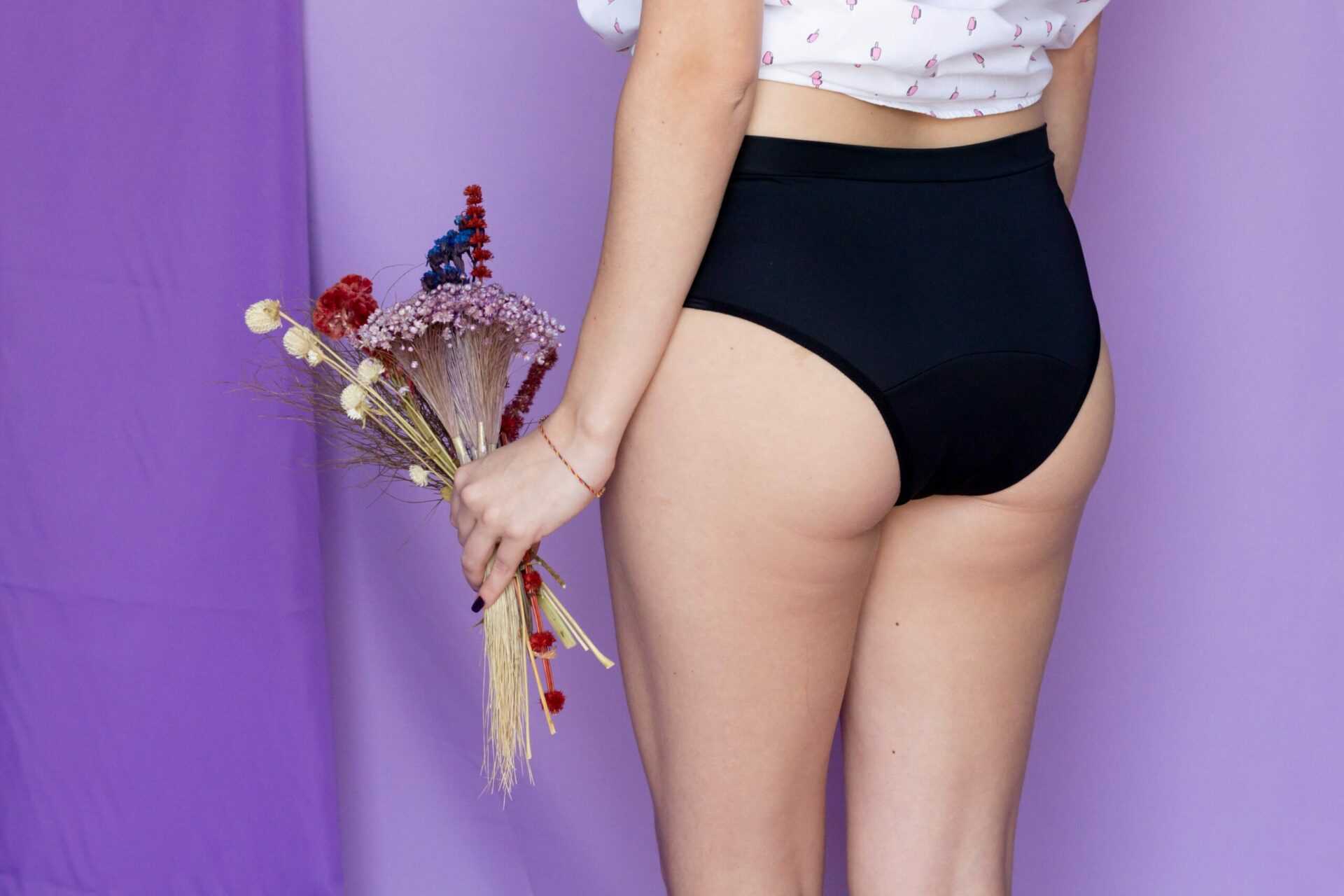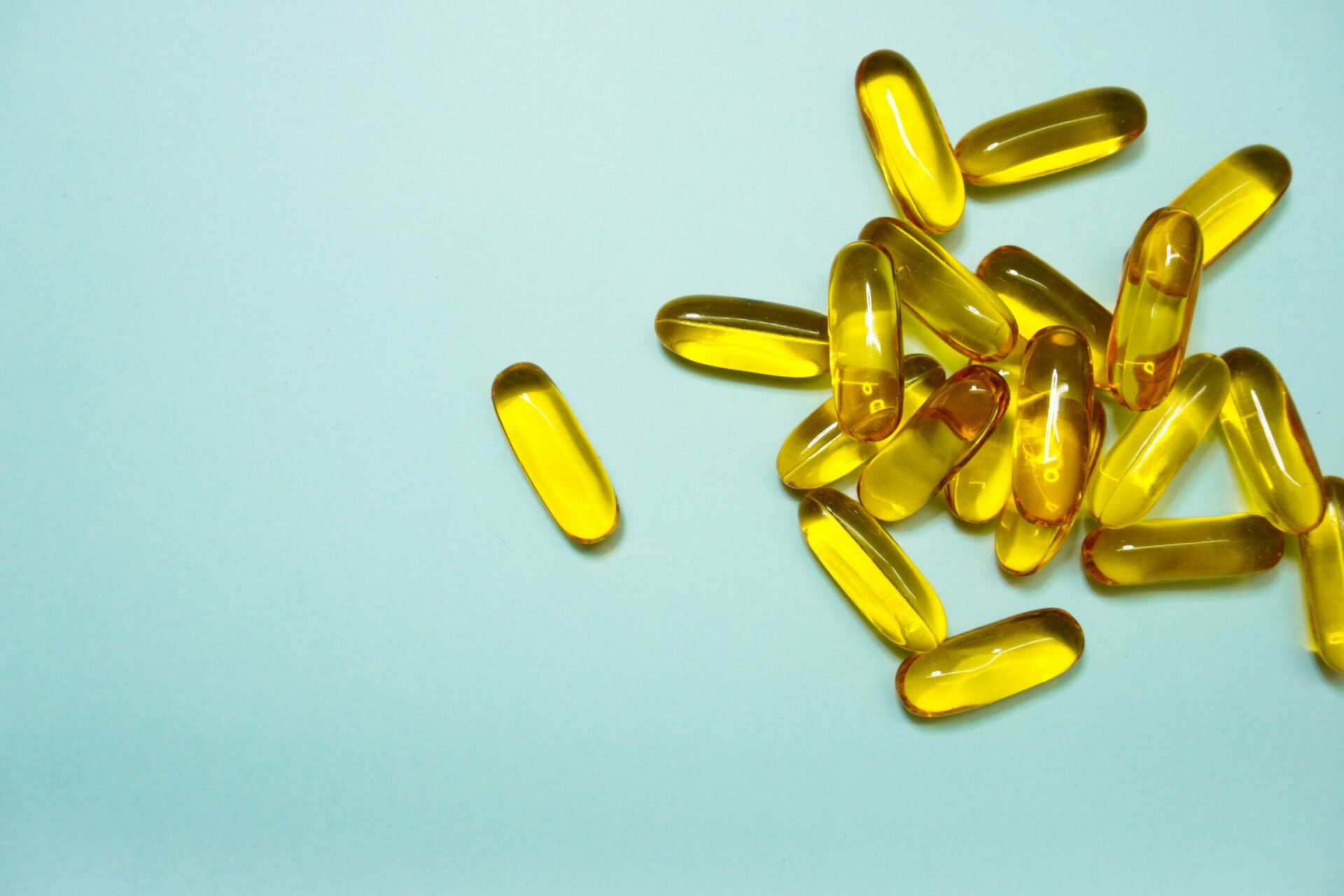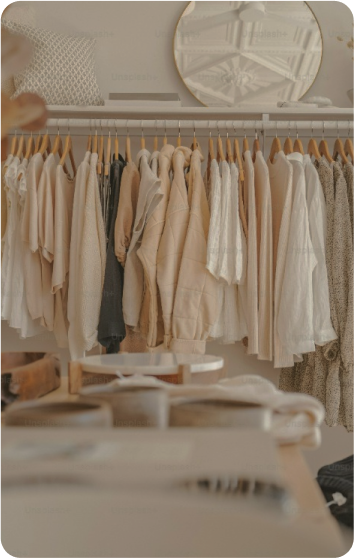Organic tampons are defined as products that contain organic cotton and use peroxide, rather than chlorine, for bleach. They are more eco-friendly than non-organic tampons and pads, especially in terms of resources used at the beginning of their life cycle.
But as is with most single-use items, at the end of their life – their disposal becomes a problem. They usually end up incinerated or in landfills. Keep reading as we explore this further.

What is a Tampon Made Of?
Looking at the makeup of a conventional (AKA synthetic) tampon, we know it is a blend of cotton, rayon, and plastic. The tampon gets its pearly white colour by the processing and bleaching it is subjected to. The fragrances, if present, are added at the end.
Despite all the marketing that is done to promote scented tampons, we recommend staying away from them. Scented tampons are not good for vaginal health and can irritate! Now, there are two aspects to consider while evaluating organic vs conventional tampons- The Planet & Human Health.
Regular Tampons vs. Organic Tampons
Let’s talk about the environment first. The stark difference between organic and regular is the way the cotton is cultivated. The cotton in conventional tampons is derived from heavily pesticide-loaded crops. Cotton is one of the most pesticide-consuming crops on Earth. When pesticides are used in abundance, the quality of soil and water suffers. Usage of pesticides also threatens the farmworkers and nearby populations.
These pesticides also contaminate nearby rivers, lakes, wetlands, and underground aquifers. But pesticides aren’t the only problem. The herbicides, bleaches, and disinfectants used are also a massive issue. Cotton has a huge environmental footprint. The agrochemicals are the tip of the iceberg. Cotton also consumes a lot of water and energy. Further, forests are converted to agricultural land to supply the demand for cotton. This leads to the loss of biodiversity.
Conventional tampons also always contain plastic – we all know how long plastic takes to biodegrade! Yep, enough and more reasons for us to say bye-bye to regular tampons.
Organic Cotton
Organic cotton is better than regular cotton as no harmful chemicals are added while growing organic cotton.
Pesticides are not used. Instead, native insects are used for pest control. This keeps the region biodiverse while preserving soil quality. The nearby water reserves also remain free of harmful chemicals. A win-win situation indeed. Organic cotton uses rainfall to quench its thirst. It doesn’t rely heavily on irrigation for water, saving precious resources.
Last but not least, organic farming is heavily regulated. This ensures better working conditions for cotton farmers, as cotton is fairly traded. So yes, from an environmental and ethical standpoint, organic tampons are better than organic. However, they do little to address the disposal problem. But more on that later.
Let’s talk Human Health
Now, this is where it gets tricky. Are organic tampons better for our health than conventional cotton ones? The number 1 argument in favour of organic tampons is that no pesticides or harmful chemicals are used in their making. A tampon fist against the vaginal wall. It is highly absorbent. The last thing you want is to be absorbing harmful chemicals via your tampon.
Further, conventional tampons are dyed with chlorine to produce that bright white colour. Chlorine may produce Dioxin, which is a hormone disruptor and carcinogen. Organic tampons are normally dyed with peroxide. Peroxide is said to be safer than chlorine.
However, tampon makers have to use purification methods that decimate the formation of dioxins to undetectable, safe levels. Also, dioxins are found throughout the environment. Tampons are not the primary source of dioxins. Rather, it is our diet. So switching from conventional tampons to organic will not make a vast difference.
The Fewer Dioxins, the Better?
Both organic and regular tampons will not defend you against Toxic Shock Syndrome (TSS). Rare but highly lethal, TSS occurs because of absorbability and length of use of a single tampon. The material they make a tampon out of has nothing to do with the likelihood of getting TSS. The health benefits of switching from regular to organic tampons are present but are not abundant enough to justify it. The environmental reasons, however, are abundant.
Want to read more like this?
Get similar stories and a free sustainability checklist delivered to your inbox.

Like our content?
Get similar stories and a free sustainability checklist delivered to your inbox.

Best Organic Tampon Brands
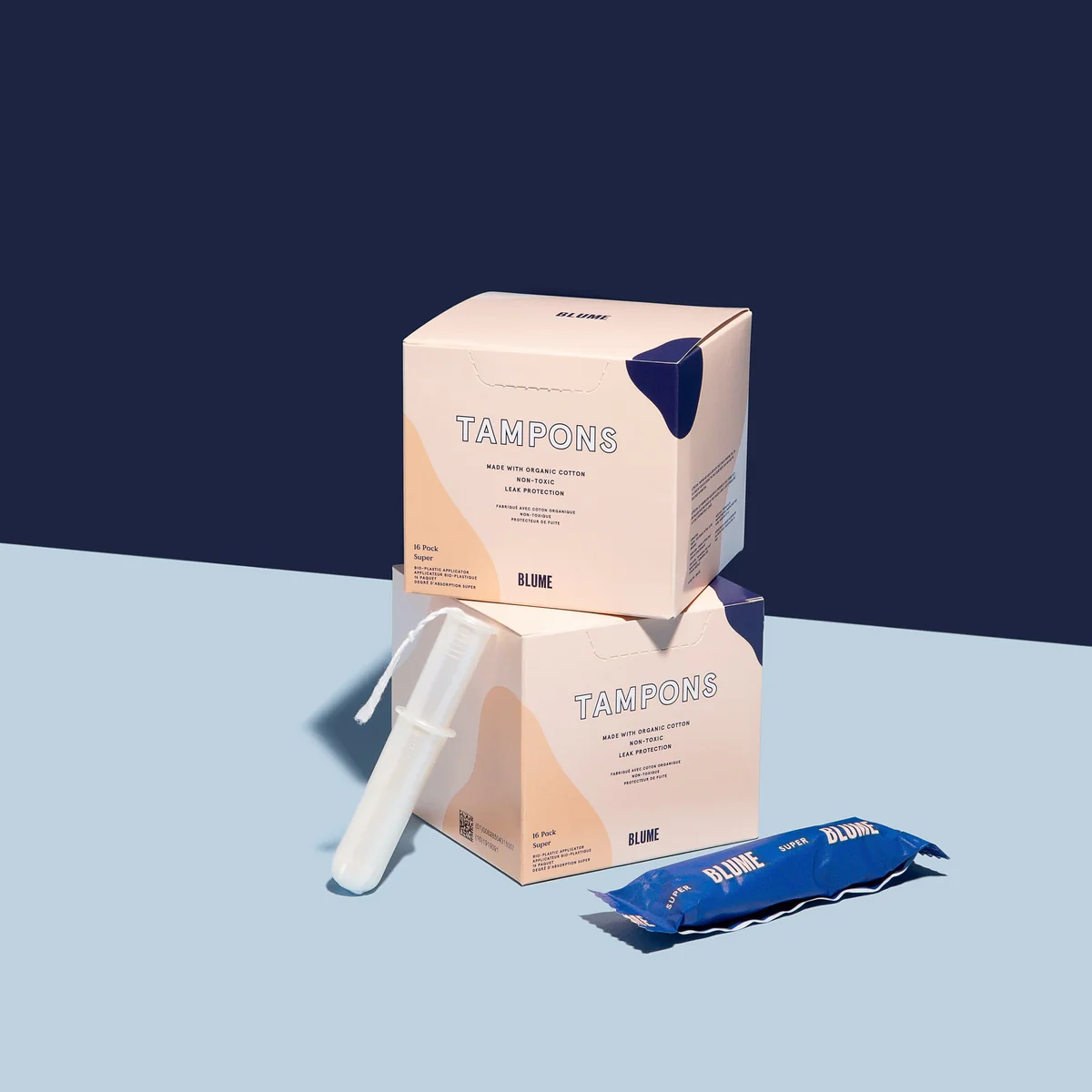
100% organic cotton tampons. FDA approved, this brand of tampons claims to have no mystery ingredients that you need to be wary of. The only downside to this brand is its bio-plastic applicator (we are not fans of plastics, even if they are bioplastics).
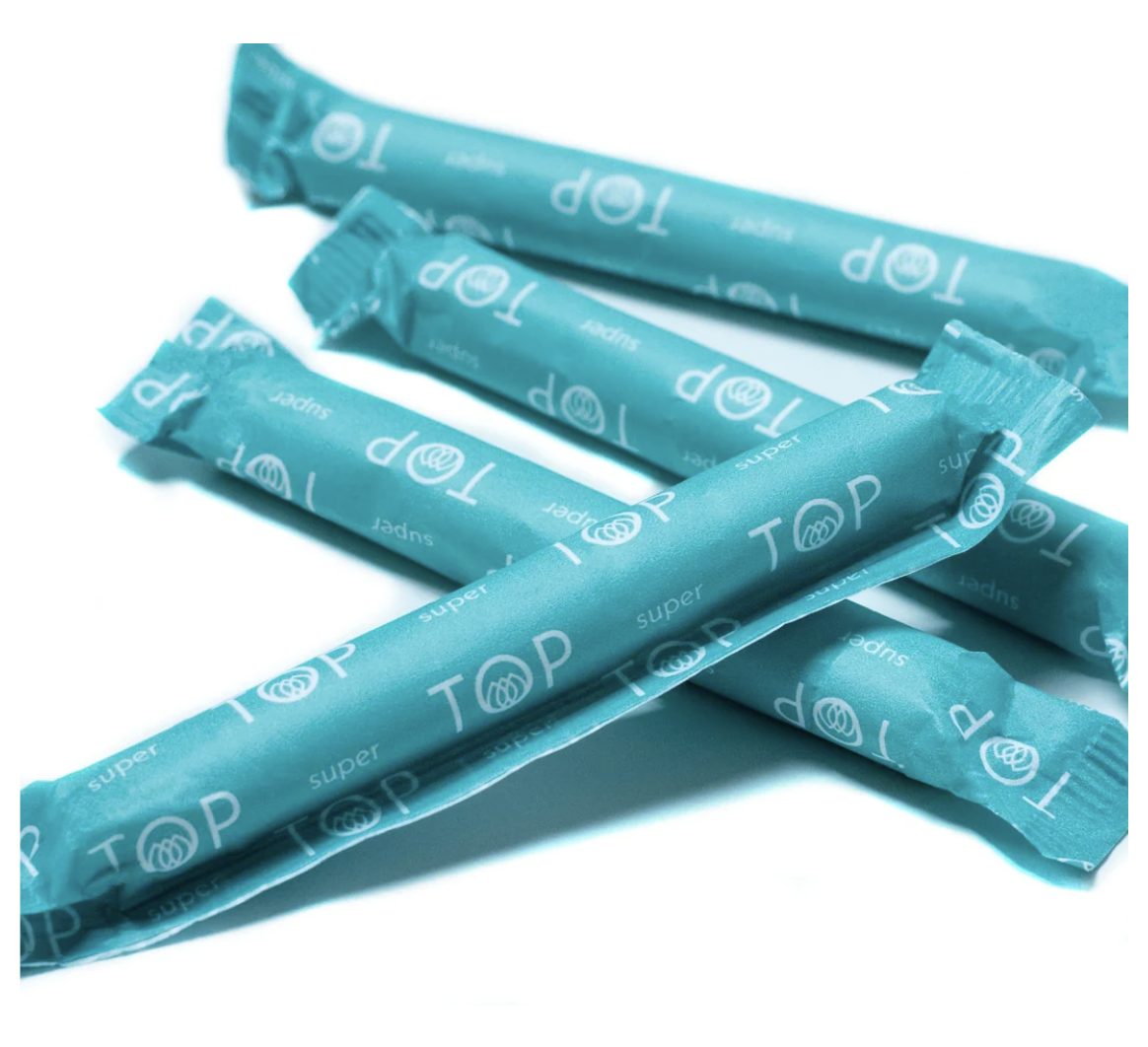
Their website reads “Plantastic is Fantastic” and we gotta say, we agree. TOP tampons are made of 100% certified organic cotton. What’s even better is their plant-based applicator-called the “Planticator”. This brand has taken a pledge to protect mother Earth while ensuring that you have a hiccup-free period. Their superior leak protection, easy insertion, and hypoallergenic tampons are also safe for use for teens.

They say, “No toxins, period,” and to that, we say, “Hell yes!” Their 100% organic tampons are FDA and GOTS-approved. They are chemical, toxin, and fragrance-free.
You can also subscribe to their monthly subscription to save yourself the horrors of dealing with Aunt Flow with no tampons or pads insight.
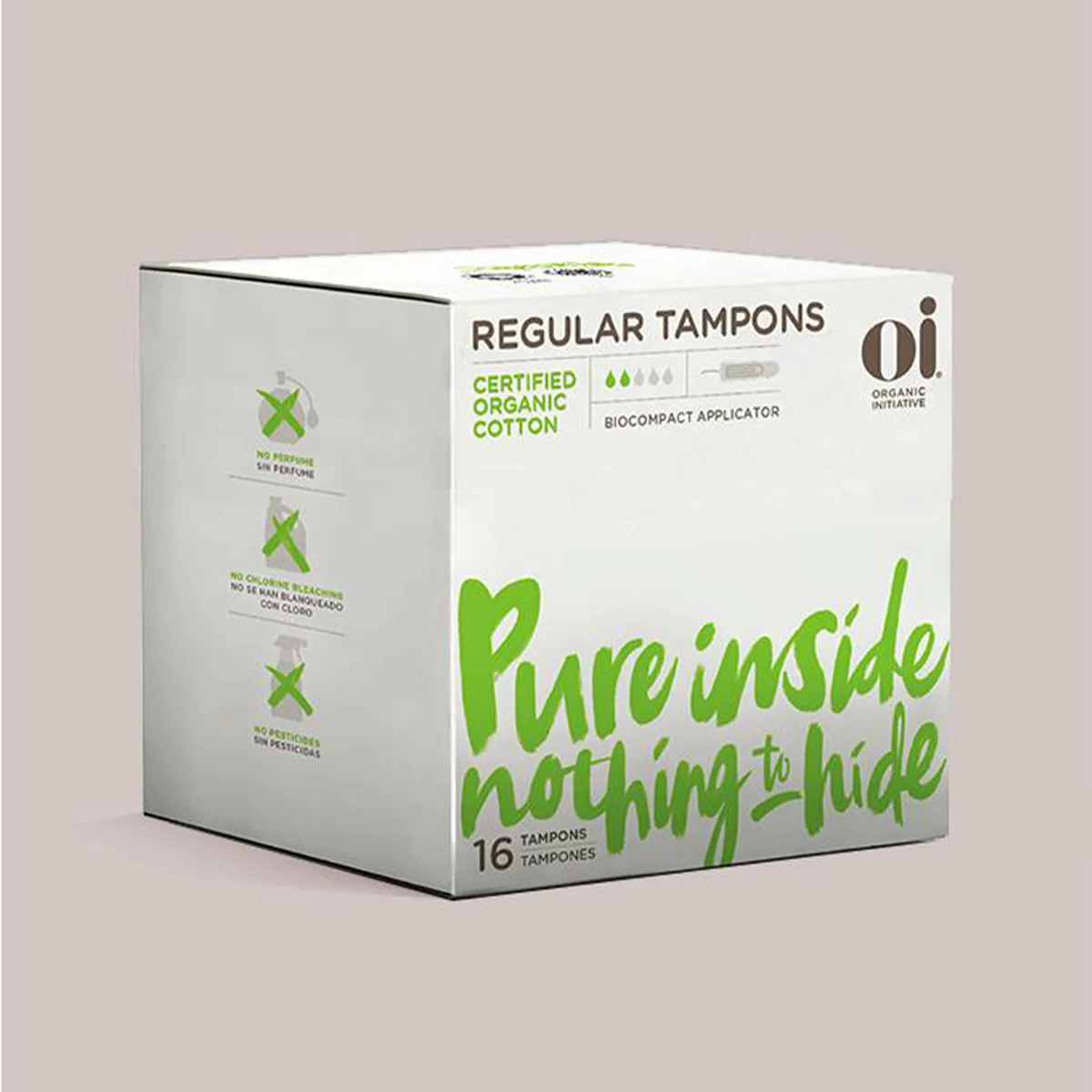
Apart from its incredibly catchy name, this brand is exciting because of its line of 100% certified organic cotton tampons. Further, their applicators are made of cardboard, rendering everything from the tampon to its packaging plastic-free.
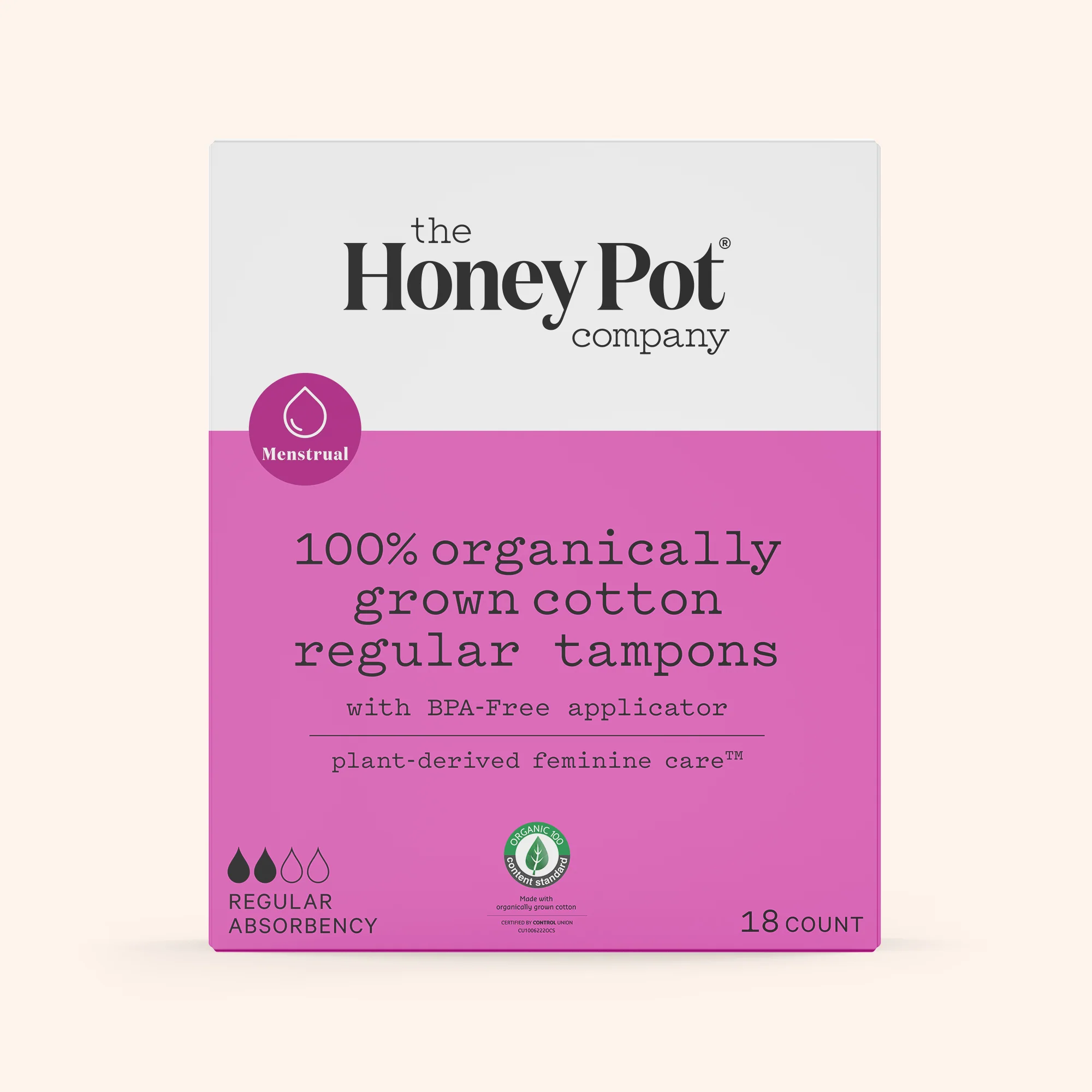
The Honey Pot’s all-natural tampons are fragrance and chemical-free. Made from certified 100% organic cotton, these hypoallergenic tampons are great for any period.
If you’re doing it for the planet, it’s even better to switch to something that is not single-use.Switching to organic is a step in the right direction but isn’t the solution. Organic tampons are better in terms of their production. But, they do not solve the disposal problem.
Yes, by switching to organic, we’re preventing pollution of air, water, and soil. We’re also saving water and protecting labour rights. These are reasons enough to make the switch, but another environmental catastrophe happens after you’re done with your periods. Despite many claims from many menstrual hygiene brands, just because it’s organic doesn’t mean it’s going to biodegrade or compost. Well, it may. But that depends on certain conditions. And these conditions are not always easily available.
Challenges to the Disposal Problem
The tampon needs to be made of a single material for it to compost. Even when it’s organic cotton, they sometimes add plastic to increase absorbency or make it leakproof. This makes composting, biodegradation, and recycling not possible. If the tampon is made of a single material, and it is indeed compostable, you need to ensure that it finds its way into a compost bin and not a landfill.
For biodegradation and composting to occur, certain conditions are required. We do not find these conditions in landfills. And landfills are usually where most of our waste ends up, anyway. Landfills are designed in a way that prevents biodegradation. Modern landfills compact waste as much as possible. This leads to anaerobic conditions. Because of the lack of oxygen, biodegradation occurs slowly, if ever.
You could compost/biodegrade your tampons at home. Most brands claim that it takes around 6 months to compost 1 tampon. While this is shorter than what it would take in a landfill (decades), it doesn’t mean that it is always workable. For instance, if a house has 3 menstruating individuals, and they use approximately 8 tampons per cycle. That is 8×3=24 tampons in one month.
Generating 24 tampons a month to be composted is a load on your compost bin. Do you have the space to compost so many tampons in a month? (Keep in mind that it takes around 6 months to degrade). Further, people may also show hesitancy to mix biomedical waste with wet waste. If not in landfills, it will end up being incinerated. Biomedical waste is often incinerated. The resources required and the greenhouse gases released by incineration are unacceptably high. So while organic is better, it is still awfully difficult to dispose of.
What then? Menstrual cups, and reusable menstrual pads!
How do Menstrual Cups Work?
Menstrual cups are inserted into the vagina. The fluid from menstruation is collected in a cup, rather than absorbed (compared to tampons) Cups should be emptied every 6 hours but can last longer. Unlike single-use organic and non-organic tampons, menstrual cups can last up to a decade(!) because they are made of medical-grade silicone, rubber, or latex.
We can also reduce our plastic waste while using a menstrual cup. One cup produces an estimate of 6% of the plastic waste created by tampons in 10 years. 1 menstrual cup vs innumerable tampons (whether organic) for a decade will save a lot of valuable resources in terms of production and disposal.
Our Top Picks for Menstrual Cups
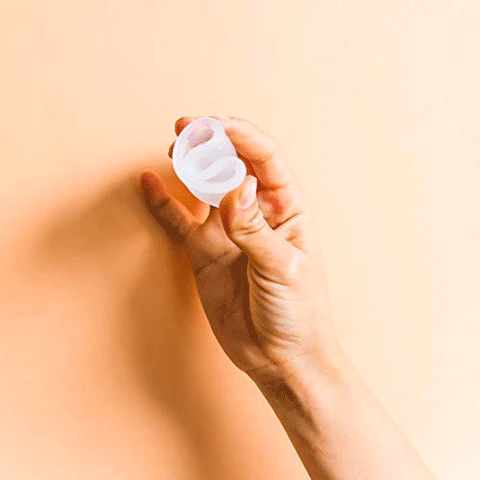
Yes, we’ve mentioned them before under tampons. Apart from their organic cotton tampons, this brand has menstrual cups, pads, and liners as well. The menstrual cup is made from 100% medical-grade silicone and comes in different sizes depending on flow.
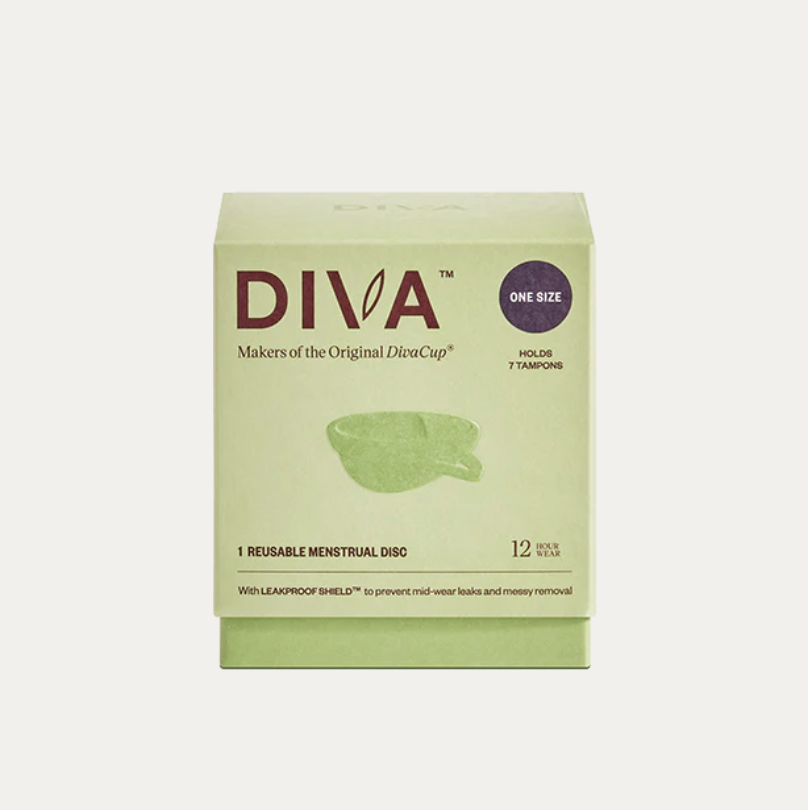
They promise you a better period of experience. Their cups come in 3 models. Each model is recommended for a particular age group based on the heaviness of the period. Also, check out Diva Wash – a 100% plant-based cleanser designed to protect the materials of the cup and the pH balance of your body.
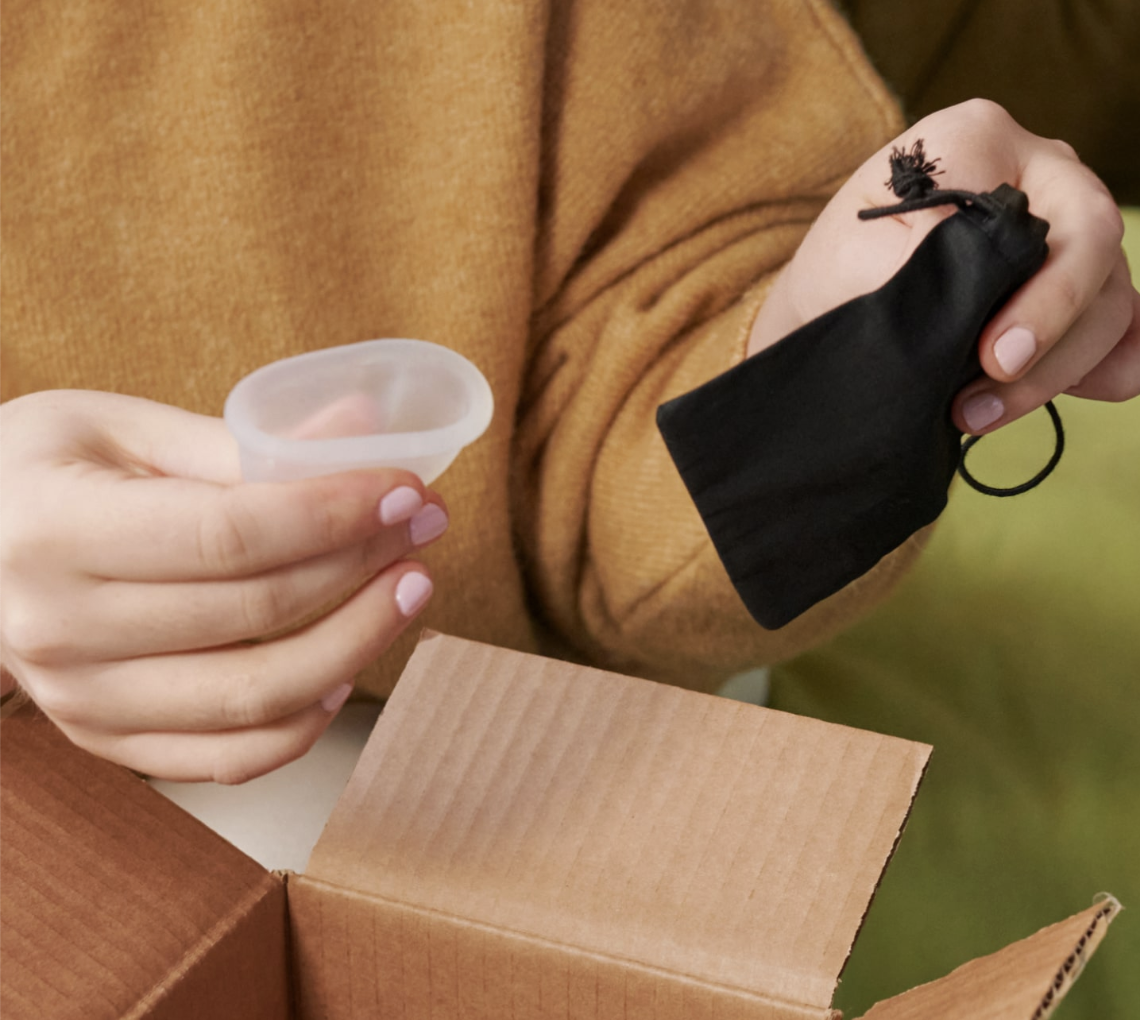
This cup deserves a special mention as it has some clever minor design elements that make it easier for a first-time cup user. Switching to a cup requires patience and the willingness to learn. However, the endless tutorials on YouTube make it breezy.
What Are Reusable Menstrual Pads?
Reusable menstrual pads are made of cloth and ‘MY GOD, are they comfortable’. These pads absorb blood and can be washed to be used again. Reusable menstrual pads work similarly to menstrual cups in terms of disposal. Because of their reusable nature, menstrual waste is diverted from landfills. Further, reusable cloth pads are also a LOT more cost-effective than pads and tampons.
Top Picks for Reusable Cloth Pads

Before we go any further, we have got to give this brand an A+ for this smart name. They have everything – from panty liners, day pads, night pads, to cups. They also have starter kits, useful for if you’ve just started your zero-waste period journey.
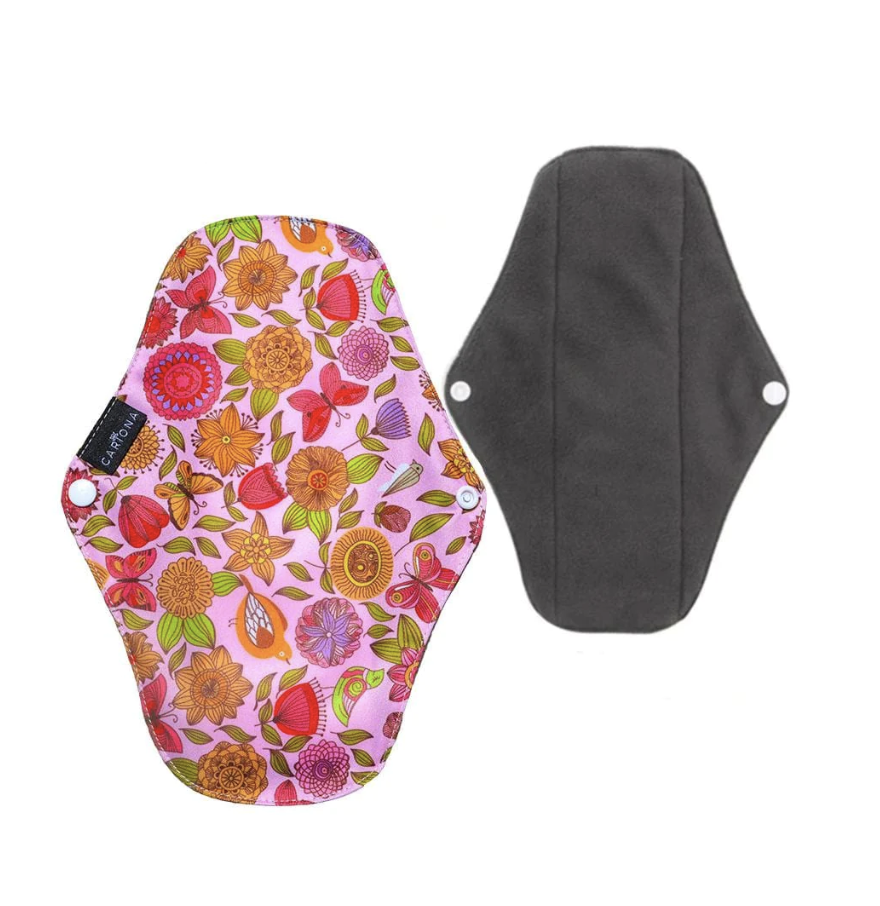
Carina reusable pads are great for anyone prone to skin chafing, rashes and irritation during their cycle. The eco-friendly 10-inch pad can absorb clots, blood, and urine perfectly.
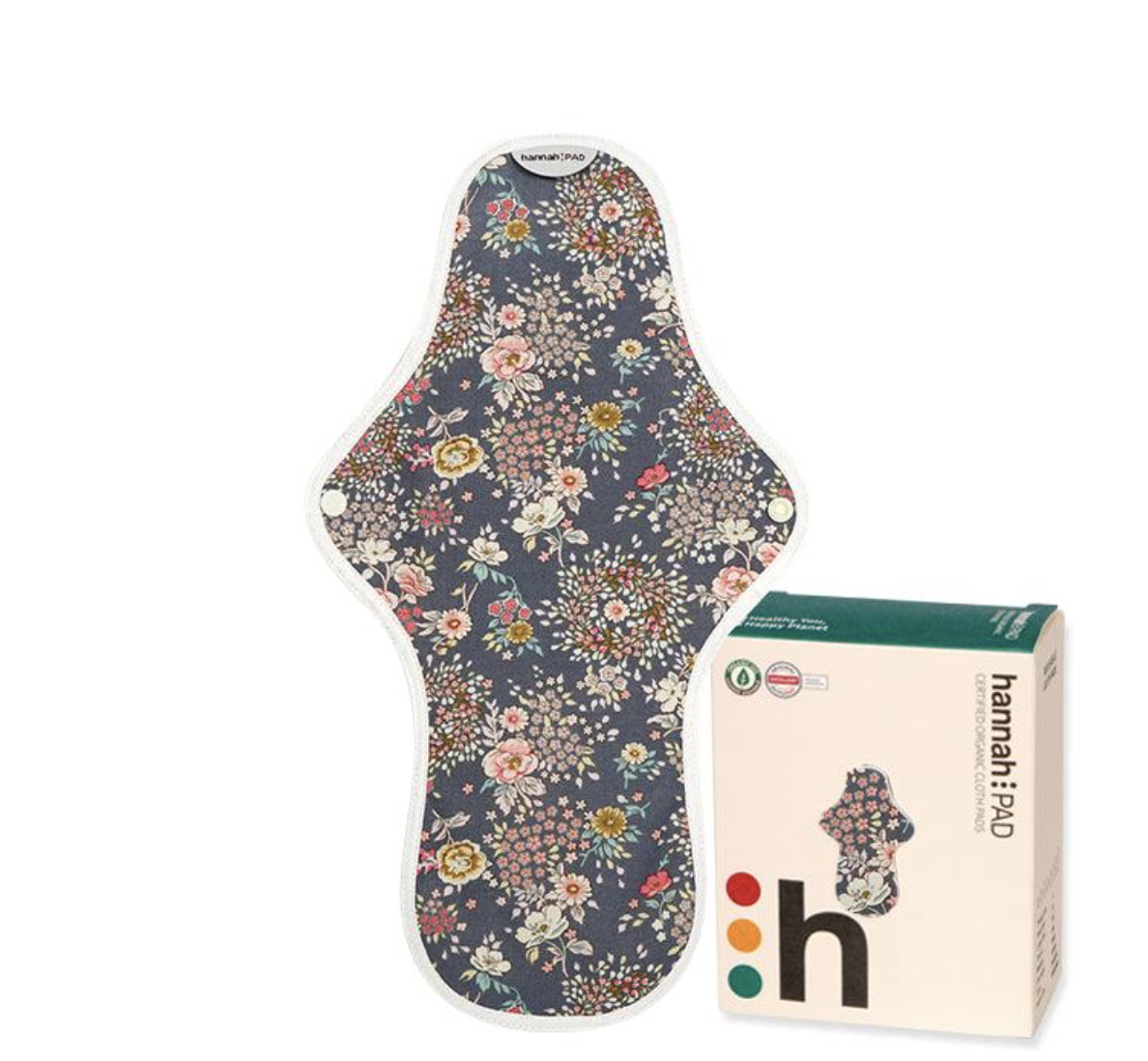
Hannah Pads is on a mission to make periods easier for you and the planet. You can choose between their starter set, one-week set, light flow set, and heavy flow set. Oh also, you can subscribe to their newsletter to get one pantyliner free! Talk about economics.
Because of their long life spans, reusable pads and menstrual cups justify the resources that go into their production. This is something that cannot be said for tampons, organic or not, as they are single-use. Apart from this, their reusable nature makes them way, way easier on your wallet.
Conclusion
In conclusion, organic is better than inorganic. But, more can be done for the environment. From an environmental perspective, it’s better to ditch anything that is single-use and opt for reusable and truly sustainable alternatives for a clean, green period.
Want to read more like this?
Get similar stories and a free sustainability checklist delivered to your inbox.

Like our content?
Get similar stories and a free sustainability checklist delivered to your inbox.

